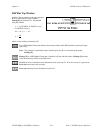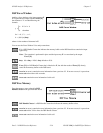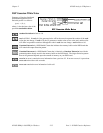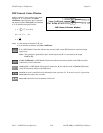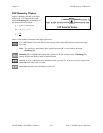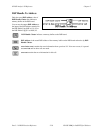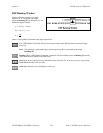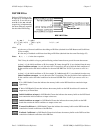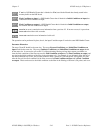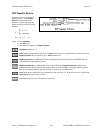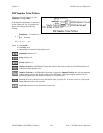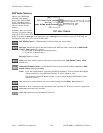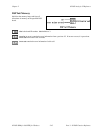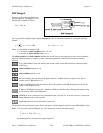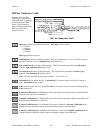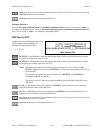
Chapter 2 NI-DSP Analysis VI Reference
NI-DSP SRM for LabVIEW for Windows 2-41 Part 3: NI-DSP Function Reference
Y out is a DSP Handle Cluster that is identical to Y in, but with the filtered data already stored in the
memory buffer on the DSP board.
Final Conditions on input is a DSP Handle Cluster that is identical to Initial Conditions on input, but
contains the final conditions on input.
Final Conditions on output is a DSP Handle Cluster that is identical to Initial Conditions on output,
but contains the final conditions on output.
error in (no error) contains the error information from a previous VI. If an error occurs, it is passed out
error out and no other calls are made.
error out contains the error information for this call.
The operation can be performed in place; that is, the input X and the output Y can be the same DSP Handle Cluster.
Parameter Discussion
The arrays X and Y should be the same size. The arrays Forward Coefficients and Initial/Final Conditions on
input should be the same size. The arrays Feedback Coefficients and Initial/Final Conditions on output should
be the same size. In successive calls to this VI, while performing filtering on large data streams, one buffer at a
time, the final conditions of the filter are stored in Final Condition on input and in Final Condition on output, and
are used as the initial conditions of the filter in the subsequent call. For example, if you designed a filter with all of
the initial conditions set to zero, and you then wanted to filter a stream of 8,192 data points, 1,024 points at a time,
after the first call, the final conditions of the filter are stored in Final Condition on input and in Final Condition
on output. These can be used as the initial conditions to the filter in the filtering of the next 1,024 points, and so on.



